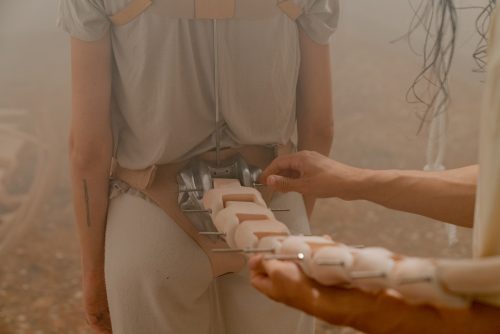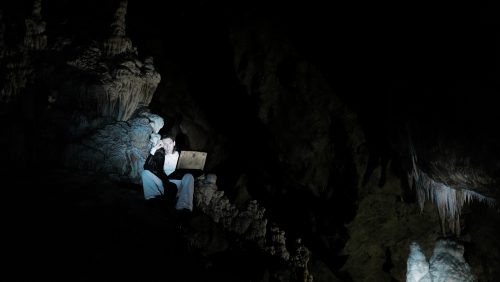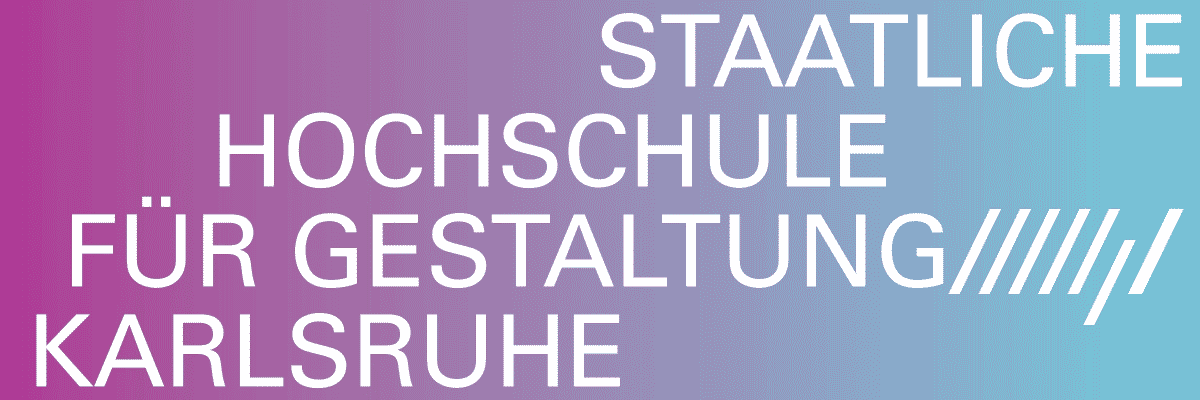
Groupshow
What Was I Made For?
Project Info
- 💙 Birkenstraße 20, 40233 Düsseldorf
- 💚 Christina Wigger, Jan Philipp Nühlen, Renee Roberson-Schmoll
- 🖤 Groupshow
- 💛 Simon Vogel
Share on
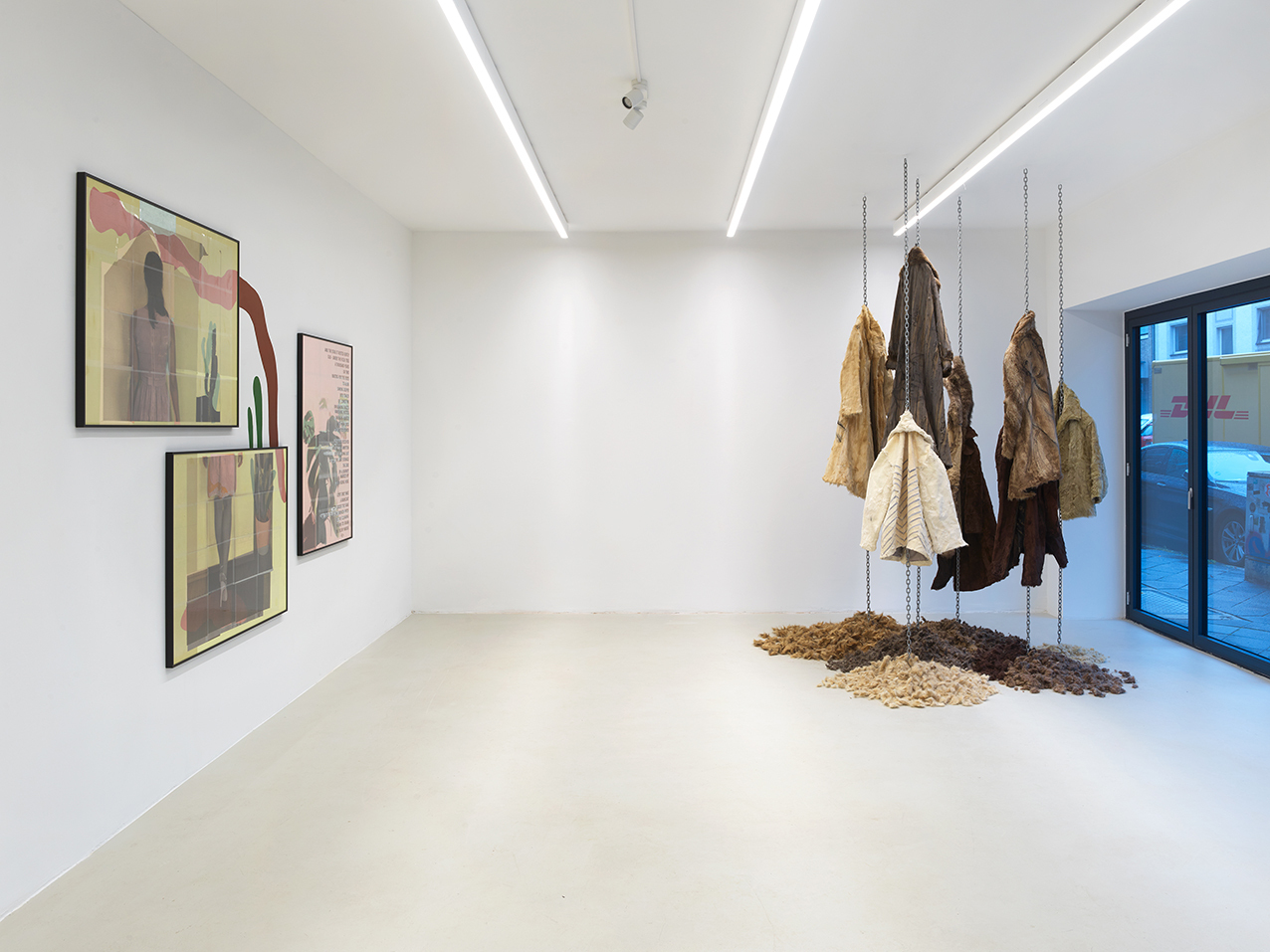
Installation view, "What Was I Made For?", Kadel Willborn, Düsseldorf, 2023
Advertisement
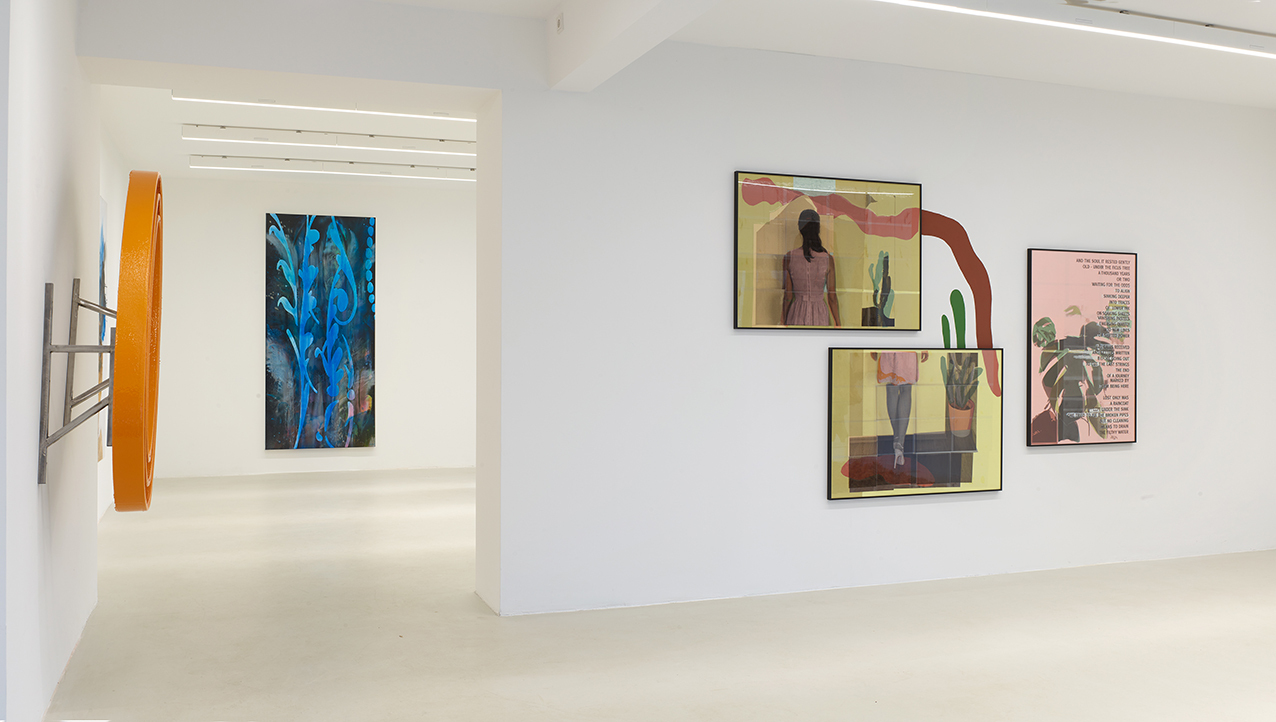
Installation view, "What Was I Made For?", Kadel Willborn, Düsseldorf, 2023
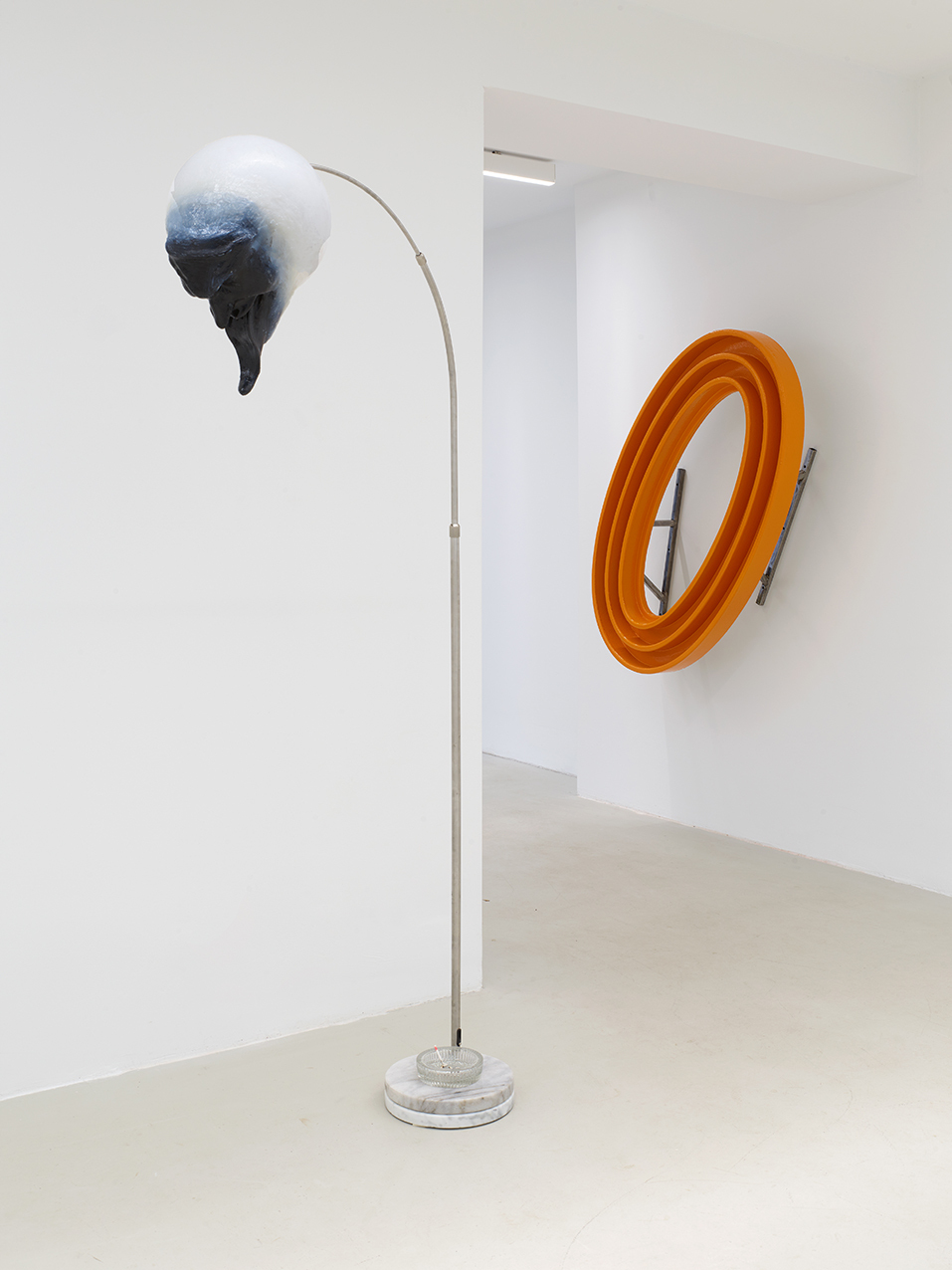
Installation view, "What Was I Made For?", Kadel Willborn, Düsseldorf, 2023
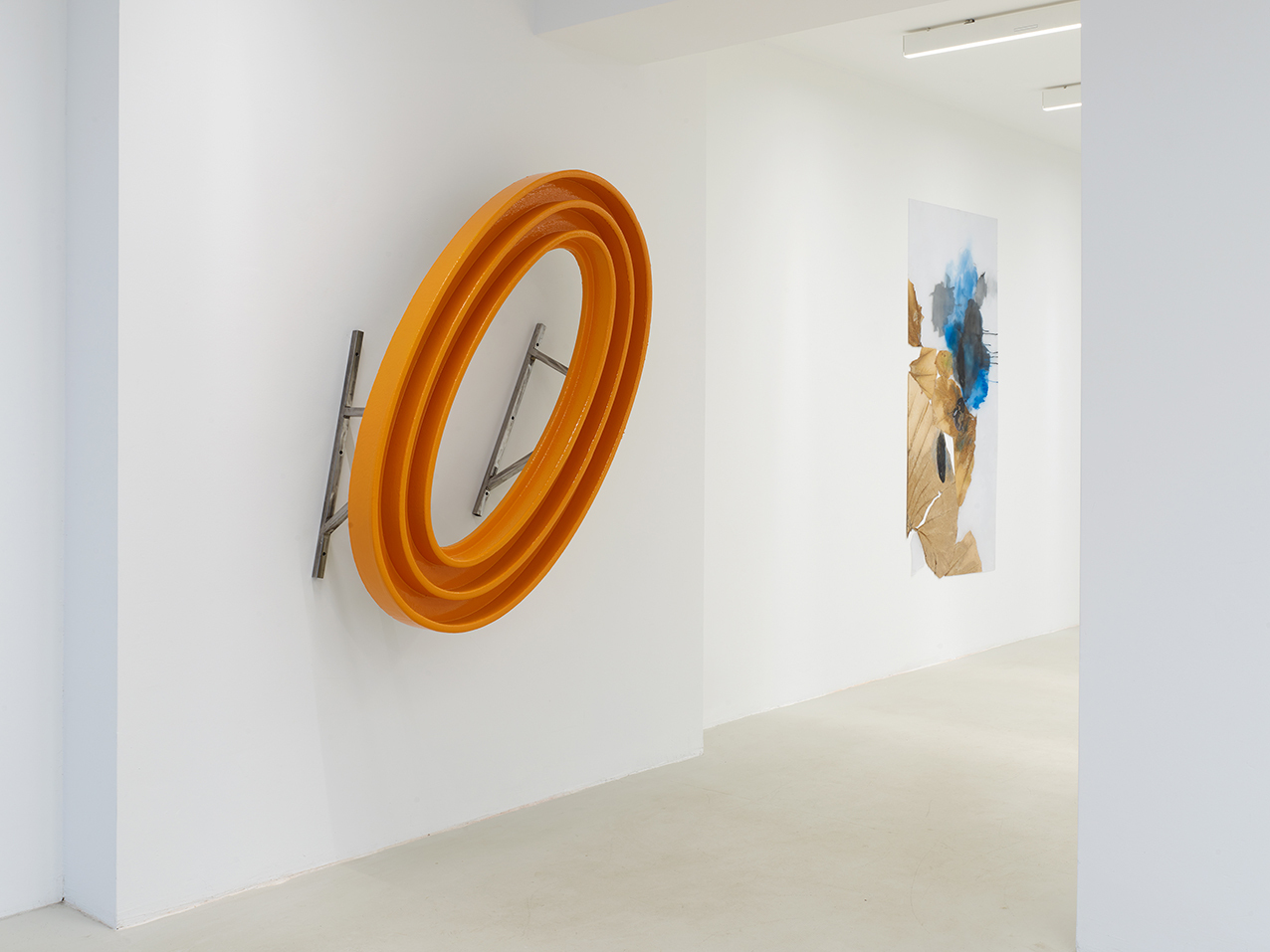
Installation view, "What Was I Made For?", Kadel Willborn, Düsseldorf, 2023
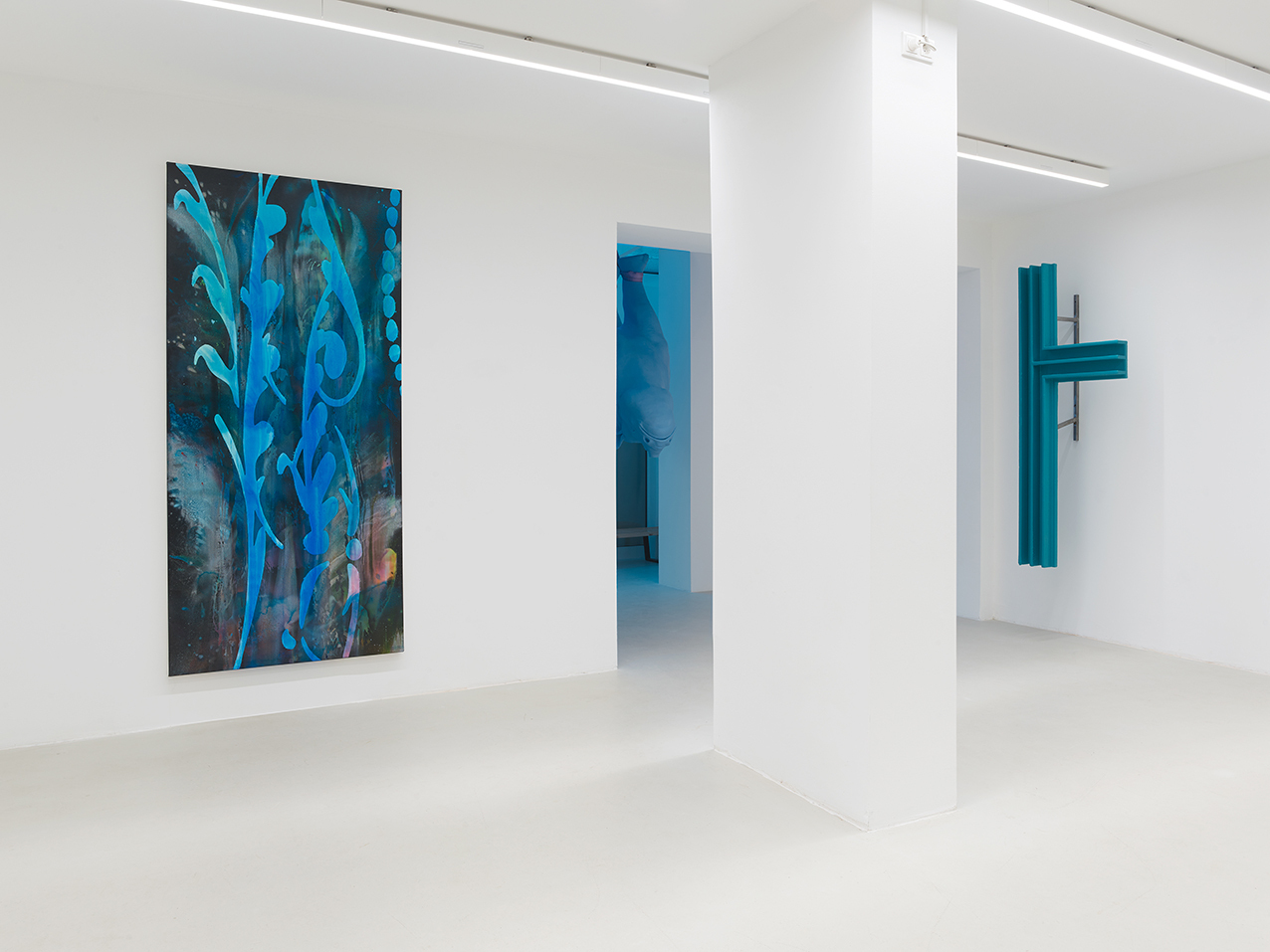
Installation view, "What Was I Made For?", Kadel Willborn, Düsseldorf, 2023

Installation view, "What Was I Made For?", Kadel Willborn, Düsseldorf, 2023
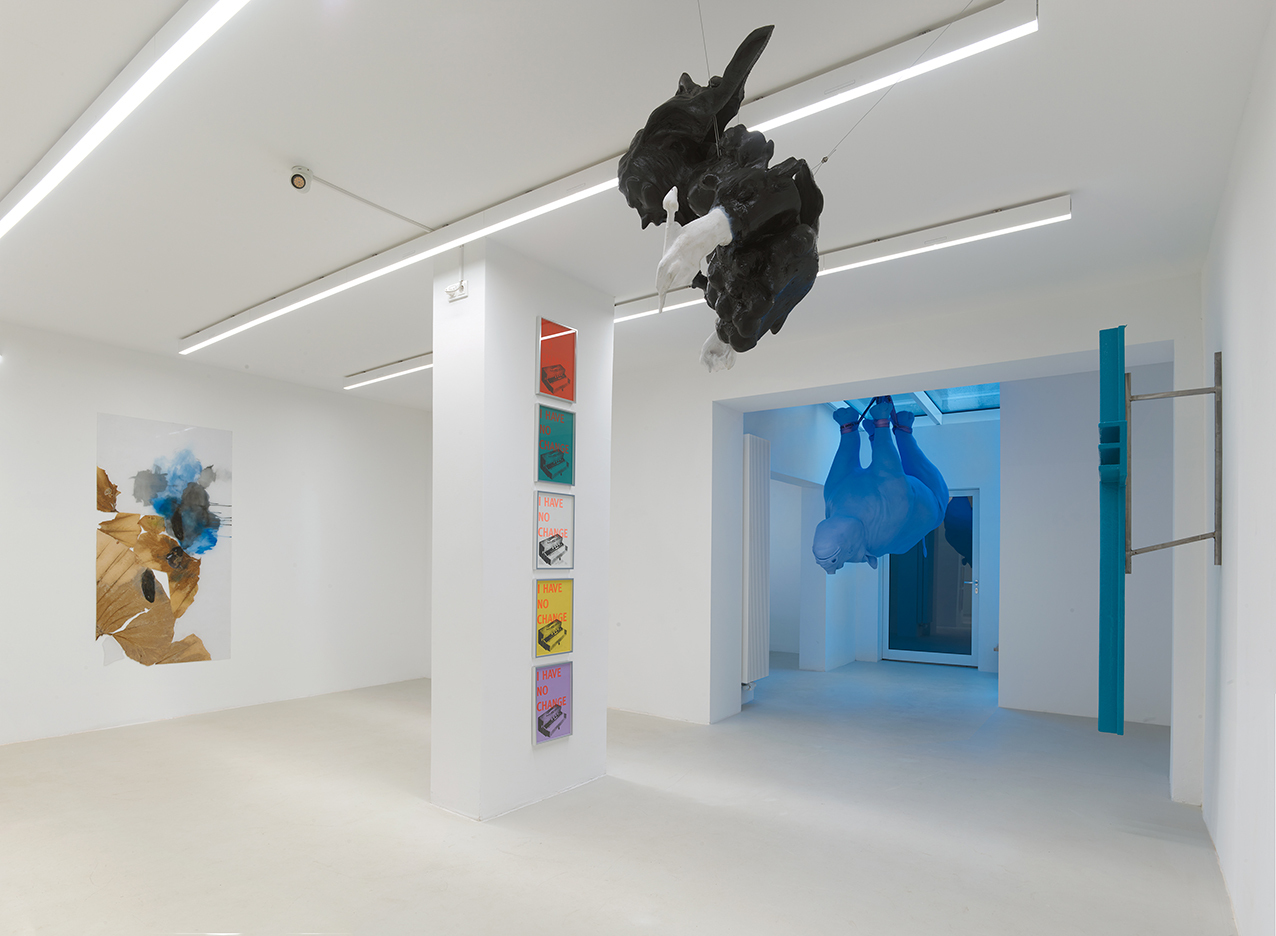
Installation view, "What Was I Made For?", Kadel Willborn, Düsseldorf, 2023
Kadel Willborn is pleased to present a group exhibition with new works by Christoph Esser, Domingo Chaves, Filip Gudović, Magdalena Frauenberg, Rebekka Benzenberg, Sarah Kürten, Zhu Linan, curated by Christina Wigger, Jan Philipp Nühlen and Renee Roberson-Schmoll.
Christoph Esser investigates the shape and appearance of functionality with his sculptures. By appropriating and integrating industrial manufacturing techniques such as computer-controlled cutting and milling systems or material-specific sealing methods, he creates artistic objects with a unique character. They have a tension between existence and potential, as they give the appearance of functionality, yet are without task. Esser’s reshaping of industrially manufactured objects seems vaguely familiar, and precisely because of this, appear as universal forms. Deutsch
For Domingo Chaves, art spaces are inhabited be veil-like miscellaneous objects that are they themselves still searching for their meaning. Accordingly, his artistic work is characterized by transitional moments and transformative processes. In his painting, the play with growth and decay already begins with the painting ground, for which Chaves uses fragile membranes, such as dried leaves of exotic plants and trees. His painting accentuates these leaf surfaces and creates a connection with them, so that the filigree depictions of rabbits, birds or ornaments only emerge at second glance. Chaves imitates natural forms with his equally organic and steady hand, reproducing the fragility of the organic. His works are in a state of suspension between the natural and the cultivated space.
Filip Gudović‘s paintings are in a constant state of resolution. They appear to be pictorial spaces of paint residues, metal dust and smoke, from which forms and outlines emerge and at the same time retreat again. No singular image, no attempt at definition, but an image that is unstable emerges. Using stencils and various masking techniques to layer his paintings, Gudović’s process superimposes numerous images so that they completely dissolve into one another. The elements of his paintings that appear abstract are based on various, pop-cultural sources, most notably images of former professional basketball player Allen Iverson: from snapshots of games, photo shoots for magazine covers and his signature trademarks to his shoe designs and tattoos. Gudović examines the manner in which the star basketball player is constructed as an object through the images and ultimately determines the idea of a self. In this sense, Gudović’s painting can be understood as an imitation of the very processes that expand a person‘s public image through various forms of reproduction, imitation, or distortion. The self becomes both the object and the subject of these transformations.
Magdalena Frauenberg‘s work attempts to use artistic means to understand and interpret the past and rewrite it for the future through a feminist perspective. Symbolic motifs from art history, mythology, and folklore meet pop-cultural references and contemporary materials. Using everyday objects and altered 3D scans of individual elements of iconic sculptures from art history - Compianto sul Cristo morto (Niccolò dell‘Arca); Artemis of Ephesus; The Kiss (Auguste Rodin) - Magdalena Frauenberg assembles figures with uneasy auras that populate the exhibition space in an almost ghostly manner. Through the cross-historical confluence of visual languages, she reveals a female perspective of art history and at the same time questions concepts of authorship.
Rebekka Benzenberg links pop cultural references and art historical quotations with emblems of status and power. In doing so, she offers new perspectives on female representations in art history and the urgency of gender justice and individual empowerment in today‘s culture. Old, sheared fur coats hanging from steel chains embody their symbolic ambivalence: they simultaneously remind us of fur as a historical luxury good that is still a symbol of prestige, power, and status, as well as the controversial production conditions that have made it more recently a symbol of cruelty and death. Rebekka tattoos the shaved hides with references to the old masters and contemporary motifs. She cites paintings from the 16th and 17th centuries — ranging from depictions of „The Wedding of Peleus and Thetis“ by Jacob Jodaens and Peter Paul Rubens or „Lucretia“ by Cranach the Elder — as well as current videos of pop-icon Britney Spears dancing with knives, addressing contemporary issues such as victim blaming and gender rivalry.
In Sarah Kürten‘s collages, layers of photographs, paintings, graphics and texts are superimposed to create a network of meanings that critically question (representational) conventionalities in which we are often unconsciously trapped. For example, she uses re-enacted images of women modeling their own used clothing on so-called re-sale platforms. Sarah Kürten recontextualizes these anonymous portraits of women in order to address behavioral and cognitive processes in the viewing. Thus, she questions how these bodies are perceived in the various contexts in which they are presented. Both in the deliberate posing in staged spaces and in the effort to remain neutral, the images reveal how the people in them want to be seen. To do this, they reproduce familiar, learned patterns. In her collages, she deconstructs these patterns and combines them with poems she has written herself, allowing new narratives to unfold in context for the viewer.
Zhu Linan’s sculptural recreation of an azure rhino hovers in the gallery space and is hyper-present in its space-occupying directness. Fastened by all four hooves, it hangs upside down at a peculiar eye level with the visitors of the exhibition. The natural physicality and attention to detail is diametrically opposed by the artificial signaling color. The sculpture`s production process remains largely hidden. Sixty-three individual 3D-printed elements were glued together, reinforced with fiberglass and painted by the artist. Upon reception, an interplay of personal associations and misinterpretations of the real visual information begins.


